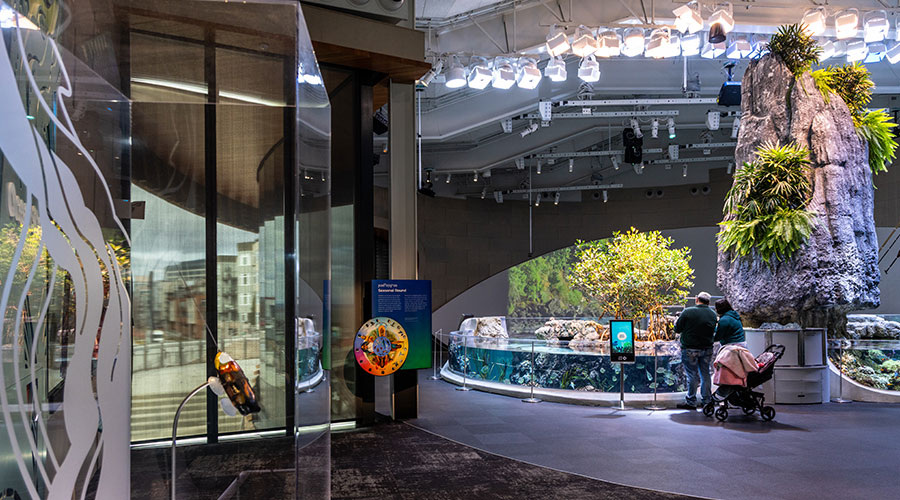Lighting Controls: Commissioning, Training Critical
Once managers have specified the appropriate technology for a space and installed the lighting controls, they still have work to do.
"The commissioning of the system during the install and the training of the maintenance staff once it's installed (is important)," says Bill Brosius, vice president of systems products with Universal Lighting Technologies. "I tend to see that people specify their lighting system, they find somebody that's qualified to get the thing installed, and then someone forgets to put in money for commissioning."
Once commissioning is complete and managers can rest assured the controls operate properly, ensuring ongoing maintenance starts with training technicians. Lighting controls are new to many technicians, so allotting the appropriate amount of time and resources for training is vital. The controls manufacturer is a primary training resource, and an operations manual, which can include product specifications and commissioning reports, also provides necessary information for technicians.
"Commissioning is key," Freshman says. "But (it's also important) that facility personnel are trained on the operation of the system. In many cases, (technicians) can do more harm than good trying to change something without knowing how to do it properly. That's often when we get a complaint. Just like any system, if you give it bad directions, it will execute them perfectly."
Related Topics:

















